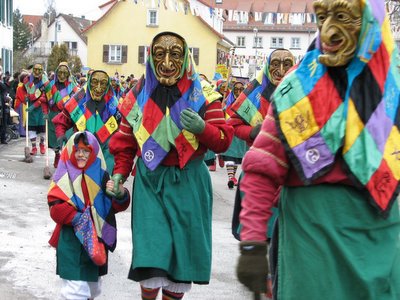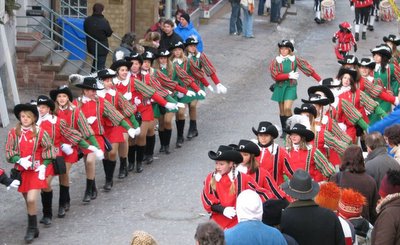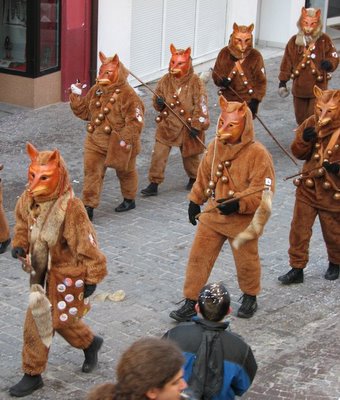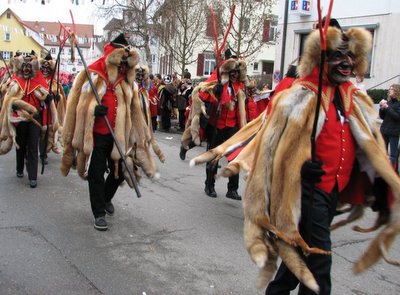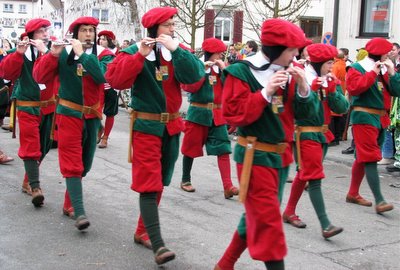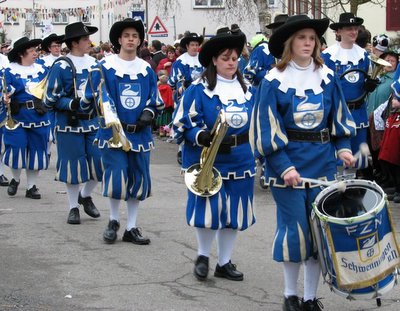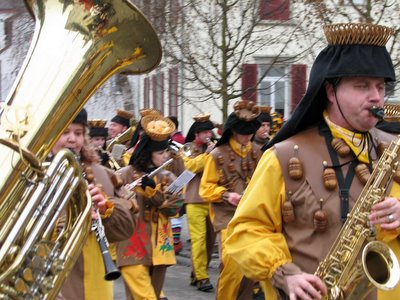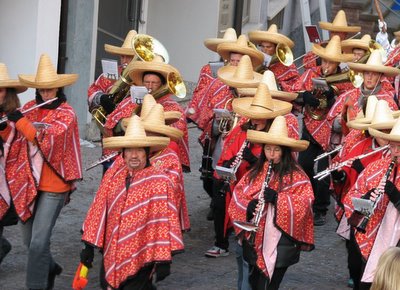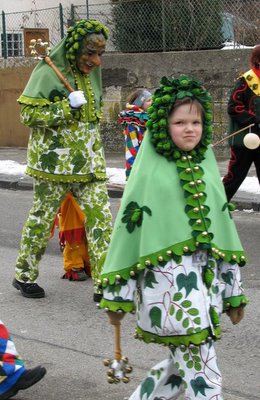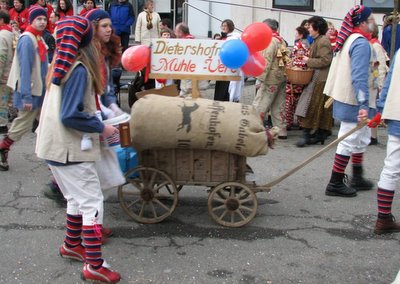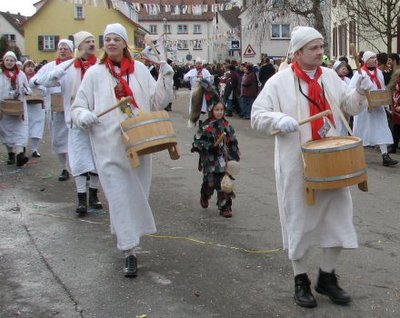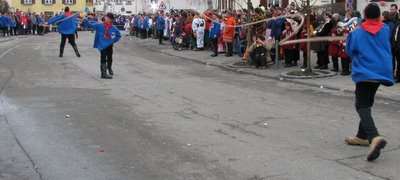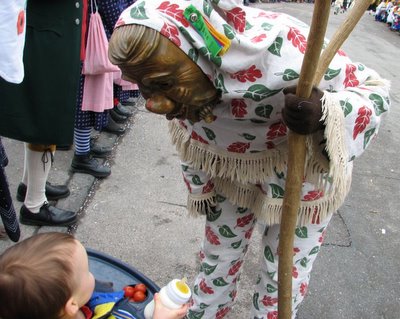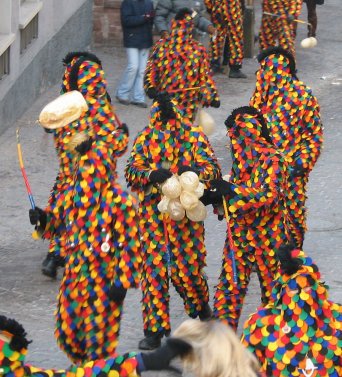How's the Weather?
I thought I would respond to a couple of Frequently Asked Questions... so let's talk about the weather first.
My first big shock was not related to temperatures, but to daylight. Daylight was by far the biggest shockwave I felt on arrival. That and maybe the fact that I don't speak the national language. ;)
Sunrise in December is 8:00, while sunset is 4:15. Boy does that day feel SHORT, and I had a hard time waking up from the ambient light (or lack thereof) in our bedroom, too. In June sunrise is 5:00 while sunset is 9:15. Now (March) both sunrise and sunset are at 6:30, which feels OK. (I wonder if this December the days will still feel super short to me again, or if I will have adjusted fully by then?) FYI, we just switched our clocks forward over the weekend so we're now seven hours ahead of Michigan.
For the nerds: Detroit is 42.20 North and Ingolstadt is 48.46 North in Latitude.
The weather overall is similar to Michigan here, but probably closer to someplace further south, like Cinncinnati or Louisville. Spring comes a month earlier here (so I'm told) and I definitely witnessed a December that acted like November in Michigan. So shave a couple of months (or at least four or six weeks) off winter and you've got a rough idea.
Snowfall, too, is considerably lower overall. Instead of having a constant white blanket, I look at lots of cedars and evergreens and a greenish-brownish lawn most of the time. Oh about every week or ten days we get a good snowfall, which either sticks around for a few days or is wiped out immediately by some rain or rising temps.
January was bitter cold, the mercury hovered around 5 above (F) most of the month. It was really "too cold" to snow, or at least the cold air drove out the humidity. One day I got in the car and found the windshield frosted over on the inside as well as the outside.
It hailed briefly the first week of March. And Munich (an hour south of here) had a huge record snowfall the first weekend in March; three feet in twelve hours in some areas (the storm came up over the Austrian and Italian alps but we only got about eight inches).
What I've found is that a snowfall is a fairly noticeable event; you have the urge to bundle the kids in snowpants and go run around outside, since it'll probably be gone in a day or two. I've heard there are some nearby sledding hills but haven't sought them out just yet.
And they tell me that the summers are less hot and definitely less humid than in Michigan. Since all the houses are made from solid cement, no one has central air around here (probably too expensive to run anyway, given energy costs).
So while I am looking for signs of spring... I keep trying to figure out exactly WHAT those signs ARE... do Bavarians look for the first robin of spring?? We've had rain instead of snow lately, so it seems like it's here.
A few weeks ago it hit the 60 degree mark (give or take), so I opened the windows and started poking around in the backyard. While the snowdrops came up in the garden about a month ago, I am eagerly awaiting the appearance of some other flowers -- looks like we'll have tulips and daffodils, judging from the eight inch tall foliage I see in the yard now, and a clump or two of heather as well, and I think a rhododendron bush.
I am guessing we are in something like zone 7 (or 8?) for gardening, but I'm not really sure. It just seems more like Portland, Oregon and less like Lansing here. I am very interested in what else has roots on our property! Will keep you posted.
